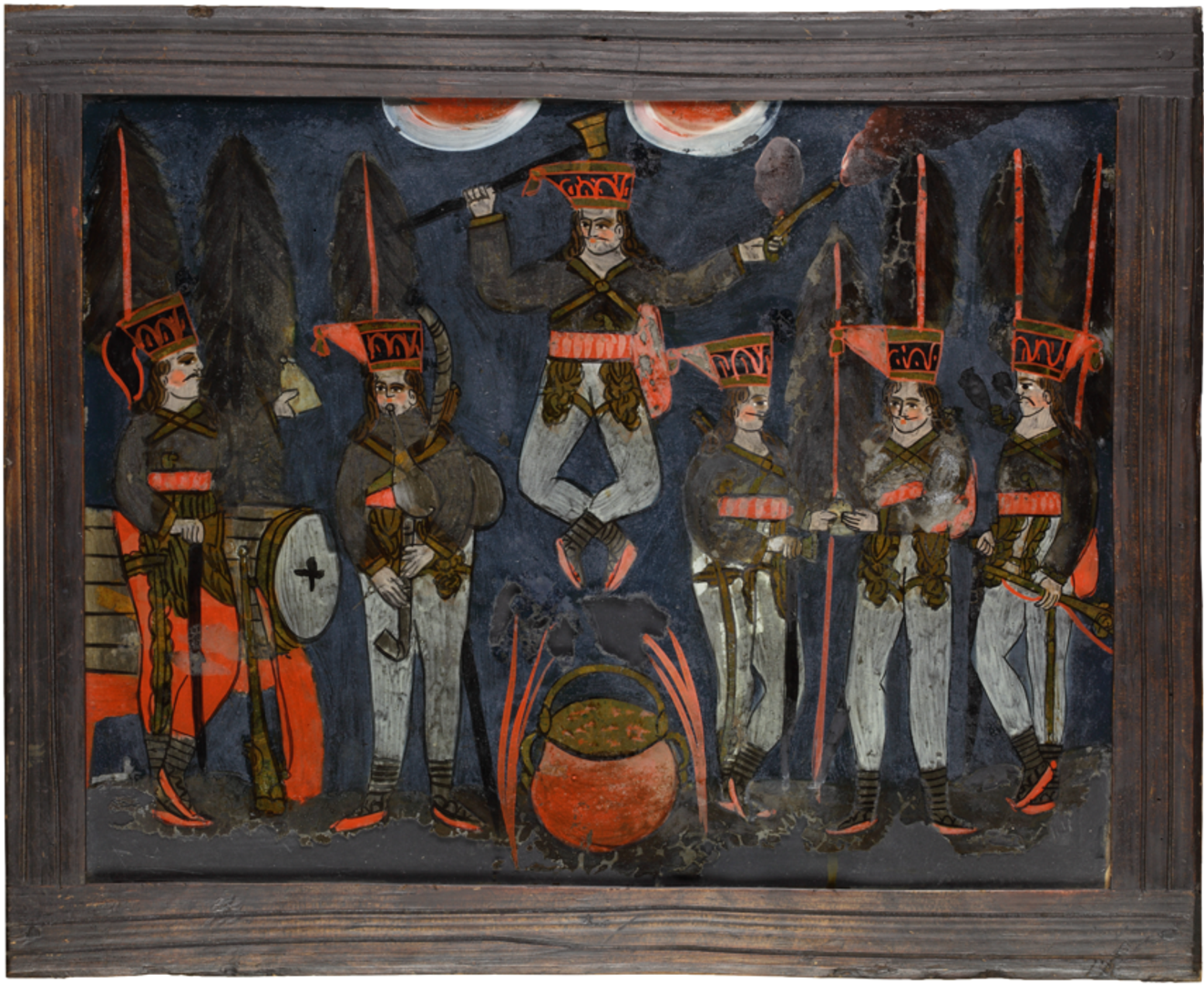Tatra Museum of Dr. Tytus Chałubiński in Zakopane
7.49

Overview
The Tytus Chałubiński Tatra Museum in Zakopane is one of the oldest institutions of its kind in Poland, founded in 1889 by the Tatra Museum Society. Currently, the museum has 10 branches, including six in Zakopane and subsidiaries in Chochołów, Czarna Góra, Jurgów, and Łopuszna, with the planned opening of the Palace Museum in 2024. The first headquarters was located in the house of Jan Krzeptowski, and in 1892, the museum was moved to a specially designed building on Chałubińskiego Street. The current main headquarters, located at 10 Krupówki Street, was designed by Stanisław Witkiewicz and Franciszek Mączyński, and its construction lasted from 1913 to 1924. The building features architecture in the Zakopane style, which is a unique element of the local landscape.
The Tatra Museum plays an extremely important cultural and educational role. Among the people particularly associated with its activities is Bronisław Piłsudski, who contributed to ethnographic research and the creation of museum exhibitions. Juliusz Zborowski, the museum's director from 1923 to 1965, also influenced the development of the institution, using Piłsudski's research techniques. The museum collects rich collections in the fields of nature, ethnography, and art, including works by artists associated with Zakopane, such as Wojciech Gerson and Zofia Stryjeńska. The museum's objects include rocks, minerals, floral and faunal collections, as well as equipment and clothing typical of the Podhale, Spisz, and Orawa regions.
The museum also has significant achievements in the protection of cultural heritage and the conduct of scientific research. The collection of Tatra-related literature numbers about 30,000 volumes, and the museum regularly publishes the "Rocznik Podhalański" (Podhale Yearbook). In 2020, the Tatra Museum was granted the status of a national museum, which strengthened its role in Polish culture. Interestingly, the construction of the new main building in 1924 followed long disputes between the designers, mediated by Bronisława Dłuska. The Tatra Museum not only collects and exhibits but also educates and promotes knowledge about the Tatra Mountains, highland traditions, and the history of the region, making it an important cultural center in Poland.
Location
Tickets
Powered by GetYourGuide
2025 Wizytor | All Rights Reserved